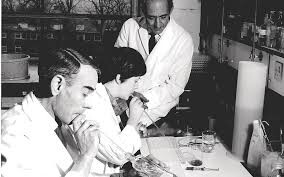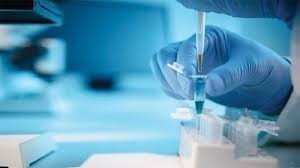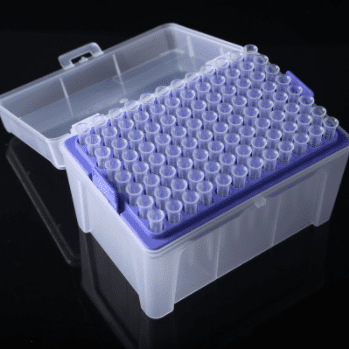PCR Plate Sealing Techniques for Reliable Laboratory Results
PCR plates remain a cornerstone in the lab, with their significance amplified by the rise of high-throughput and automated workflows. Yet, the drive for efficiency can complicate the preservation of experimental precision, particularly in the critical step of sealing PCR plates. Inadequate sealing can result in sample loss through evaporation, shifts in pH that can impair enzymatic reactions, and the risk of contamination. Thus, perfecting the technique for sealing PCR plates is essential for maintaining...
PCR Plate Sealing Techniques for Reliable Laboratory Results Read More »









